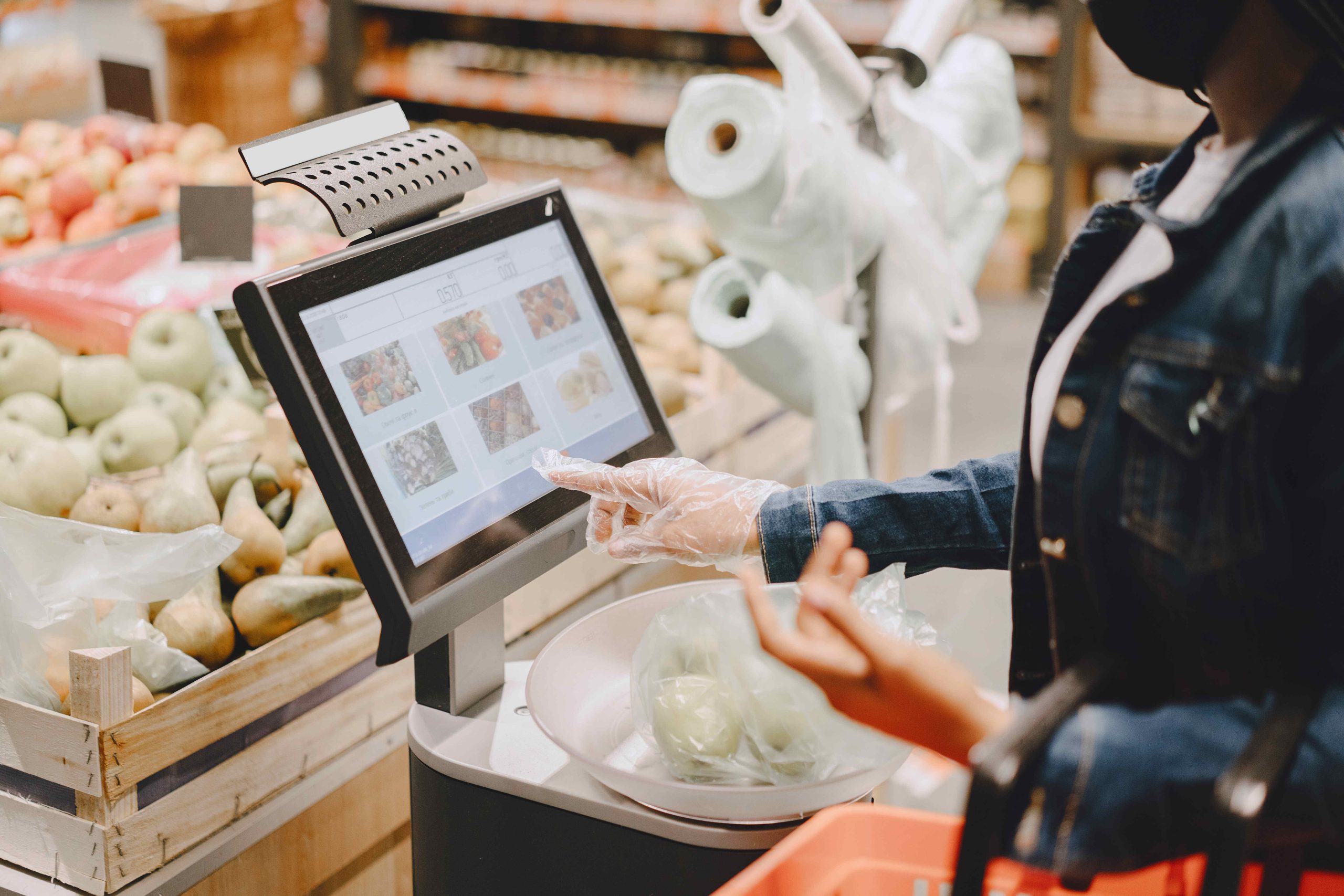Food insecurity remains a pressing issue in the United States, with millions of individuals and families struggling to access nutritious meals on a regular basis. As the cost of living continues to rise, grassroots solutions like community fridges and food-sharing initiatives are gaining traction. These efforts not only help combat hunger but also foster a sense of community and encourage sustainable practices by reducing food waste.
What Are Community Fridges?
Community fridges, also known as “freedges,” are public refrigerators placed in accessible locations such as sidewalks, parks, or community centers. They are stocked with fresh produce, non-perishable items, and cooked meals, often donated by local businesses, individuals, and organizations. Anyone in need can take food from these fridges, free of charge, with no questions asked.
These fridges operate on the principle of mutual aid—providing resources based on collective responsibility and care rather than charity. The goal is to create a space where surplus food can be redistributed to those who need it most, reducing both food waste and hunger.
The Growing Popularity of Community Fridges
- Pandemic Impact
The COVID-19 pandemic brought food insecurity into sharp focus, with unemployment rates skyrocketing and many families struggling to make ends meet. In response, community fridges began popping up in cities and towns across the U.S., providing immediate relief to those in need. - Grassroots Movement
Community fridges are largely grassroots-led initiatives, supported by volunteers and local organizations. The decentralized nature of these efforts allows them to be tailored to the specific needs of a neighborhood or community, making them highly effective in addressing local food insecurity. - Accessibility and Dignity
One of the key advantages of community fridges is their accessibility. Unlike traditional food banks, which often have set hours and eligibility requirements, community fridges are available 24/7, allowing people to take what they need at their convenience. This fosters a sense of dignity and removes the stigma often associated with seeking food assistance.
Food-Sharing Initiatives: A Broader Perspective
In addition to community fridges, other food-sharing initiatives are emerging as innovative ways to address hunger and reduce waste. These include:
- Food Recovery Programs
Organizations like Food Rescue US and Feeding America work to recover surplus food from grocery stores, restaurants, and farms that would otherwise go to waste. This food is then redistributed to those in need through shelters, soup kitchens, and community programs. - Meal-Sharing Apps
Apps like OLIO and Too Good To Go allow individuals and businesses to share surplus food directly with neighbors or consumers at reduced prices. These platforms are not only reducing waste but also making food more affordable for low-income families. - Local Food Pantries
In tandem with community fridges, local food pantries are expanding their reach by partnering with farmers’ markets and community gardens to provide fresh, healthy options to those in need.
Benefits of Community Fridges and Food-Sharing Programs
- Combatting Food Waste
According to the USDA, approximately 30–40% of the U.S. food supply is wasted each year. Community fridges and food-sharing initiatives help divert surplus food from landfills, contributing to a more sustainable food system. - Promoting Healthier Diets
Many community fridges prioritize fresh produce and nutritious foods, ensuring that low-income families have access to healthy options. This can help reduce the prevalence of diet-related illnesses like obesity and diabetes in underserved communities. - Building Stronger Communities
These initiatives bring neighbors together, fostering a sense of collective responsibility and care. They also provide an opportunity for people to connect and support one another, breaking down social barriers. - Encouraging Local Involvement
Community fridges often rely on donations and volunteer efforts, encouraging individuals and businesses to get involved. This participation not only supports the initiative but also raises awareness about food insecurity and waste.
Challenges and Solutions
While community fridges and food-sharing initiatives have numerous benefits, they also face challenges, such as:
- Maintenance and Cleanliness
Regular cleaning and restocking are essential to ensure the safety and usability of community fridges. Volunteers play a crucial role in maintaining these fridges, but consistent support is necessary to sustain their operation. Solution: Building a network of dedicated volunteers and creating clear guidelines for maintenance can help address this issue. - Food Safety Regulations
Navigating food safety laws can be a challenge, particularly when it comes to perishable items. Solution: Collaborating with local health departments and adhering to food safety guidelines can ensure compliance and minimize risks. - Funding and Resources
Many community fridges rely on donations, which can fluctuate over time. Solution: Partnering with local businesses, farms, and organizations can provide a steady stream of resources and financial support.
Conclusion
Community fridges and food-sharing initiatives are powerful tools in the fight against food insecurity and waste. By redistributing surplus food, they provide immediate relief to those in need while promoting sustainability and fostering community connections. As these efforts continue to grow, they demonstrate the impact of grassroots movements and the importance of collective action in addressing societal challenges. In a world where millions go hungry while food goes to waste, community fridges remind us that small, local actions can lead to meaningful change.
















Leave a Reply